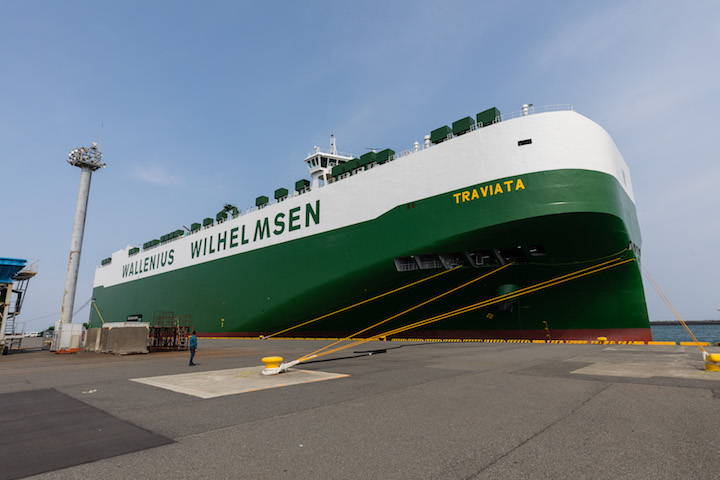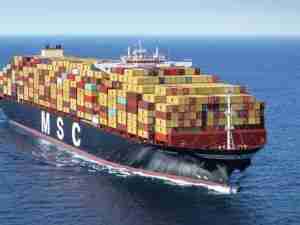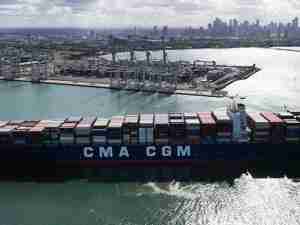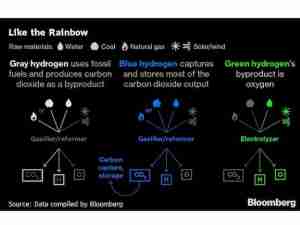Wallenius Wilhelmsen welcomes MV Traviata to its fleet of neo-panamax vessels. With a capacity of 8000 cars it sets a new benchmark in terms of energy efficiency.
“Traviata’s sister Titus, the first vessel of this HERO class, has now been in operation for 10 months and proven that all design efforts have paid off. The vessel class sets a new benchmark in terms of energy efficiency, improving consumption with approximately 15%, resulting in considerably reduced emission levels compared to similar vessels in the global fleet,” says Michael Hynekamp, COO Wallenius Wilhelmsen Ocean.

Great efforts have been spent in the design phase of the project to ensure efficient operations in a wide range of sea conditions. The HERO class is aimed at reducing energy consumption by dramatically improving the cargo to ballast ratio; as the increased beam (36.5m) provides better stability, there is less need for ballast water. Extensive model testing has been performed to optimize the hull in order to diminish drag and wave resistance, improving fuel efficiency, while the engine has been tuned for low-load operation to reduce fuel consumption. Traviata is well prepared ahead of the IMO 2020 Sulphur implementation in that the bunker system can operate on different bunker qualities and segregations.
With a capacity of 8000 cars, the cargo hold on the Traviata has been arranged with electrically hoistable deck panels, allowing for fast, safe and flexible operations to cater for variations in the cargo mix.
MV Traviata is the second of a series of four Post-Panamax vessels with a combined capacity of 24,000 CEU. MV Titus was delivered in June 2018, while the third is scheduled for delivery later this year, and the fourth in early 2020. Titus and Traviata are the first Large Car and Truck Carrier built at CSIC Xingang and the first Chinese built LCTC’s in the WW Ocean fleet. The vessels are part of the WW Ocean fleet renewal program, replacing older tonnage to increase overall fleet efficiency.
On her maiden voyage, Traviata’s first ports of call will be in Japan, from where she will be sailing the Asia – North America trade.








